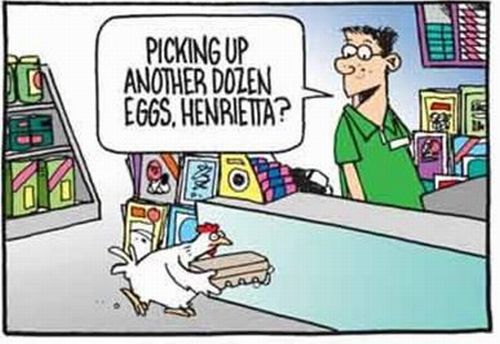I must admit I am enjoying our snow-less winter. We just returned last week from Kentucky and I find it amazing how the weather there is so much like ours except it is much hotter in summer for longer and their snow doesn't last as long. I think our snowy winter's here just make spring all the more welcomed.
Something I learned about this winter is RAIN GARDENS. A perfect addition to any one's garden.
The Department of Environmental Conservative in NYS has a very nice web site describing all the benefits one would get by adding a rain garden to their yard. I can't help see the beauty in having one as well.
Storm water running off rooftops, sidewalks, driveways, and streets washes pollutants into nearby streams. As if that weren't bad enough, as storm water rushes over these hard-or impervious-surfaces, it picks up speed and force, causing local flooding and erosion. Impervious surfaces also keep rain water and snowmelt from seeping into the soil and recharging groundwater aquifers.
A rain garden can change all that. Planted in a shallow depression with plants such as ferns, cardinal flower, swamp milkweed, turtlehead and others that don't mind occasional "wet feet," a lush and luxuriant rain garden captures runoff from impervious areas and allows it to seep slowly into the ground. Concerned about mosquitos? Rain gardens are designed to hold standing water for less than 24 hours so that mosquitos can't breed.
To select a location for the rain garden, begin by observing your yard during a rainfall event. Notice where water is flowing from, and where it is going. Rain gardens should ideally be located between the source of runoff (roofs and driveways) and the runoff destination (drains, streams, low spots, etc.). Be sure to consider the following:
- The garden should not be within 10 feet of the house foundation
- Gardens should be located at least 25 feet from a septic system drainfield
- Gardens should not be placed within 25 feet of a well head
- Make sure to avoid underground utility lines
- The best location for the garden will be in partial to full sun
- Rain gardens should be constructed where the water table is at least 2’ below the surface of the soil. If you hit the water table when constructing your rain garden, consider turning it into a wetland garden.





















